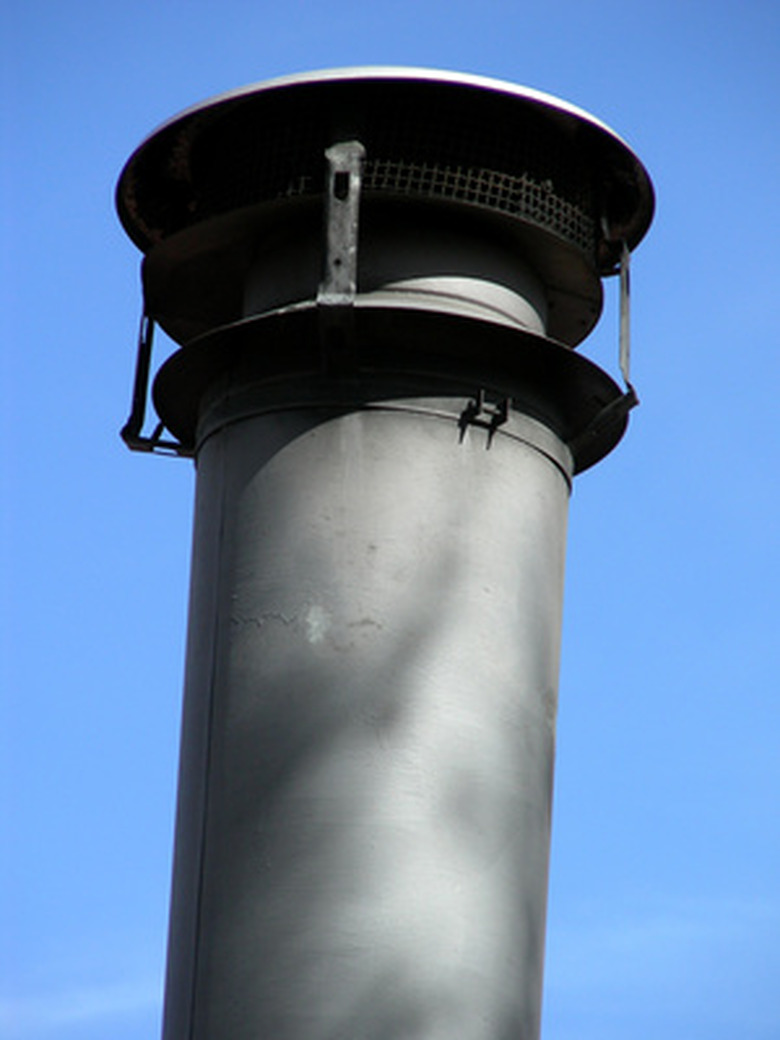How To Calculate Stack Exit Velocity
Stack exit velocity measures the speed at which gases leave a stack. This measurement allows us to estimate pollution effects by determining the height and ultimate distance the gases will travel. The calculation is remarkably easy to perform, because it requires nothing more than the gas flow rate and the area of the stack's opening.
Step 1
Determine the actual gas flow rate, expressed in ACFM (actual cubic feet per minute), and the diameter of the stack's opening.
Step 2
Calculate the area of the stack's cross section, at the opening. As an example, suppose the diameter of the opening is 6 feet, and pi is a known constant at 3.14. You would calculate the area as follows:
\(area = pi * radius * radius\)
And since:
\(diameter = 2 * radius\)
Then:
\(radius = diameter / 2\)
Therefore:
\(area = pi * (diameter / 2) * (diameter / 2)\)
Now, we'll repeat the calculation with known variables:
\(area = 3.14 * (6 / 2) * (6 / 2)\)
Therefore:
\(stack area = 28.3 square feet\)
Step 3
Calculate the stack exit velocity using the formula:
\(velocity = (actual gas flow rate) / (stack area)\)
Based on the previous example, assume the actual gas flow rate is 60,000 ACFM:
\(velocity = 60,000 / 28.3\)
Therefore:
\(stack exit velocity = 2,120 feet per minute\)
Cite This Article
MLA
Taylor, C.. "How To Calculate Stack Exit Velocity" sciencing.com, https://www.sciencing.com/calculate-stack-exit-velocity-7300614/. 24 April 2017.
APA
Taylor, C.. (2017, April 24). How To Calculate Stack Exit Velocity. sciencing.com. Retrieved from https://www.sciencing.com/calculate-stack-exit-velocity-7300614/
Chicago
Taylor, C.. How To Calculate Stack Exit Velocity last modified March 24, 2022. https://www.sciencing.com/calculate-stack-exit-velocity-7300614/
